- Category
- War in Ukraine
What We Saw at the Azov Stabilization Point at Dusk, in Photos
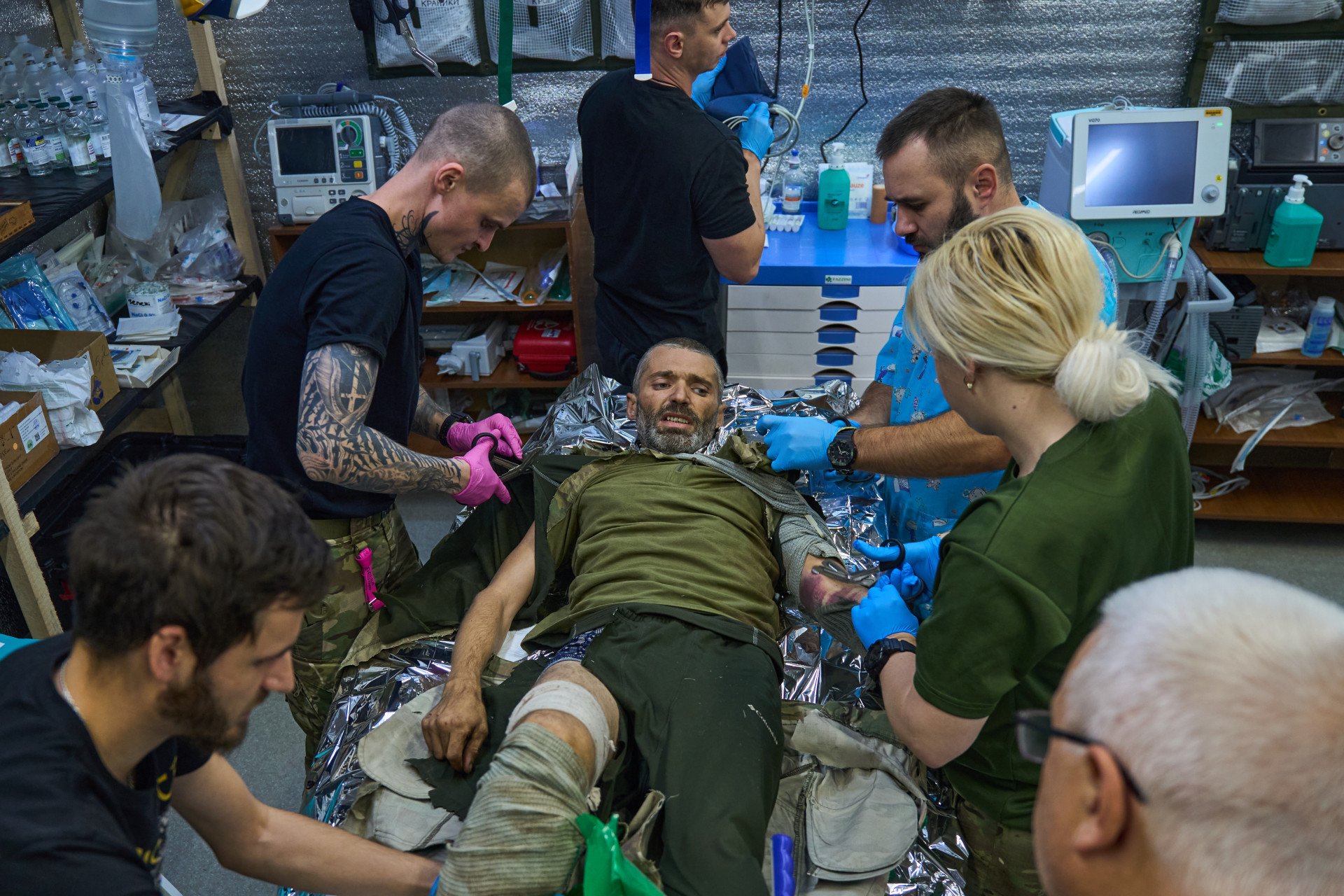
Journalists from UNITED24 Media spent an evening at a frontline stabilization point with the Azov Brigade, witnessing firsthand the vital efforts of medics who save the lives of Ukrainian defenders daily. These stabilization points play a crucial role in the medical evacuation system, serving as a crucial point of care in the rescue chain.
As we wait for the sun to set, we head out to the medical stabilization point. The evacuation of the wounded begins during dusk because that is when it is already too dark for daytime drones to operate and see, but the night ones haven't yet switched to night mode. We arrive in darkness, turning off the headlights to avoid revealing the location to the enemy’s reconnaissance drones, just in case.
As we enter, we are warmly greeted by young men and women in whose eyes happiness and sorrow coexist. They are waiting for the wounded again—one of whom, this time, is in critical condition, with a tourniquet on his leg for over 24 hours. The medics say he is at risk of amputation.
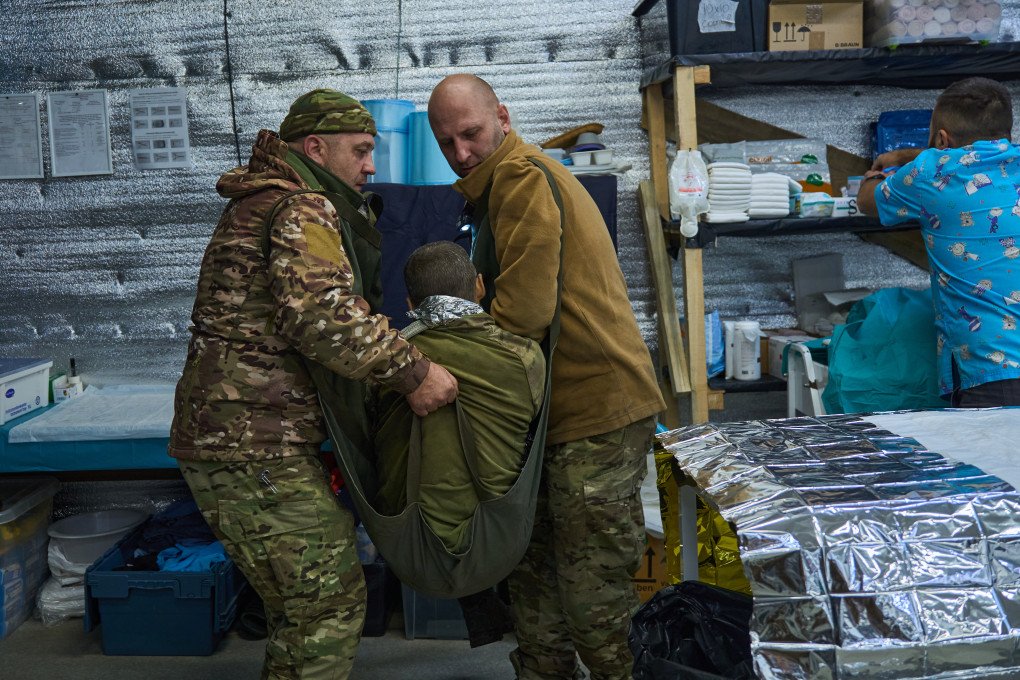
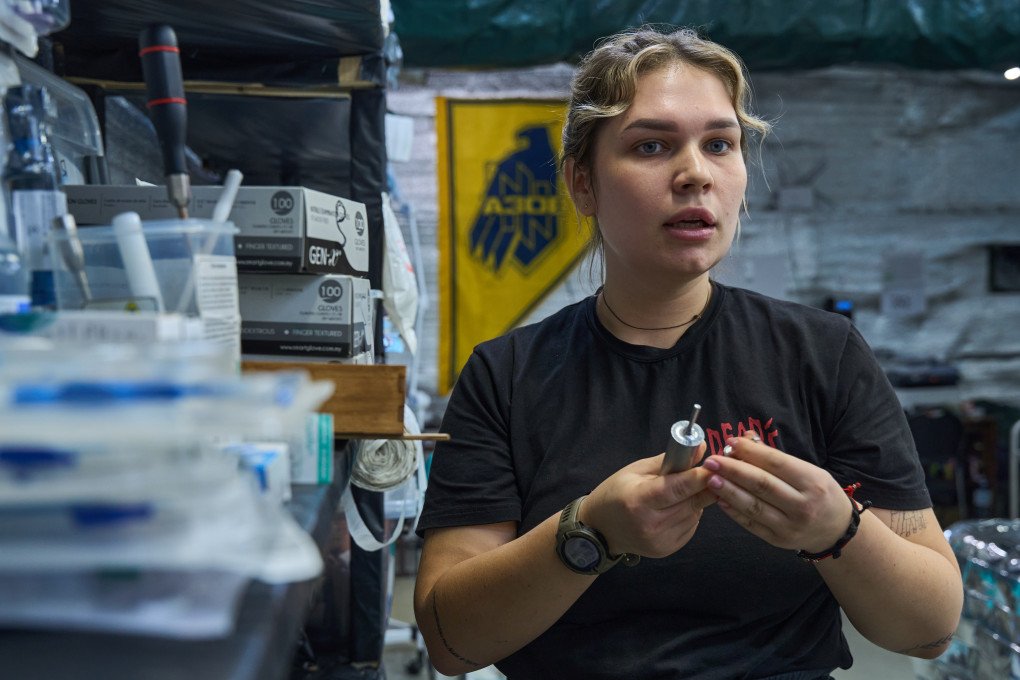
The first to enter the stabilization point is a young man, who, at first glance, doesn’t look like he’s injured—though you can tell where he’s been, especially from his eyes. The medics examine him, rebandage him slightly, and leave him to wait for the evacuation vehicle to the hospital, where the embedded shrapnel lodged deep in his muscles will be removed.
Next, three more wounded are brought in—two in moderate condition and one critically injured. However, visually, the 'moderate' cases don’t look that way: they have deep, torn wounds, with the tissue already beginning to decay. The smell, to put it mildly, is unpleasant—pungent and sharp. The medics, as if unaffected by the odor or emotion, quickly and confidently cut away the clothing and remove the dressings stuffed deep into the wounds. Only one of the conscious men screams; he’s given pain relief, and the surgical treatment of his injuries continues.
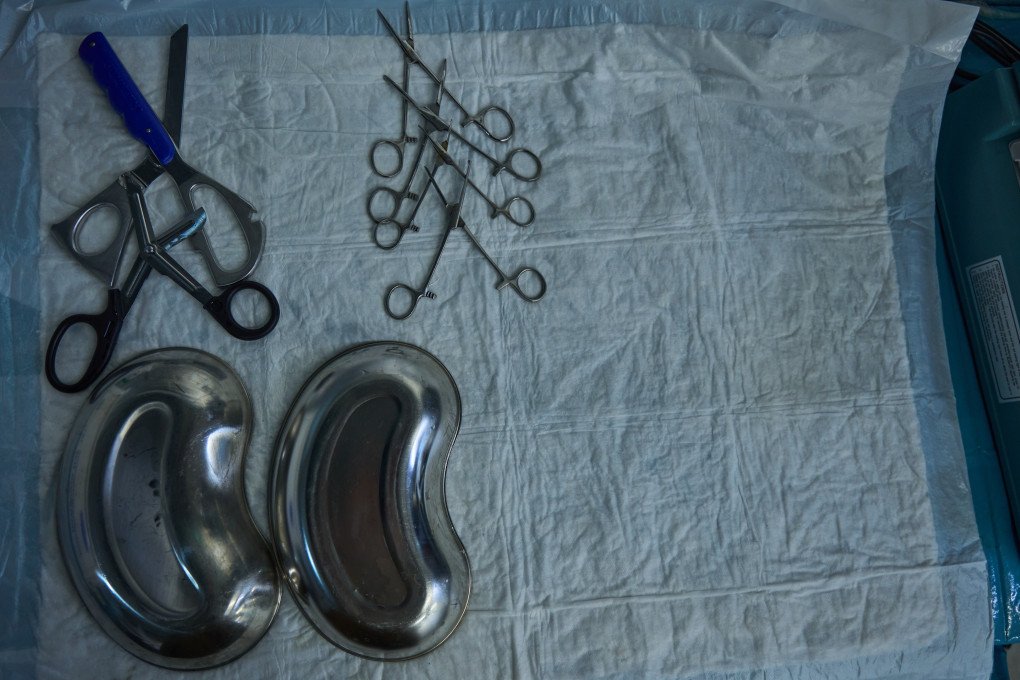
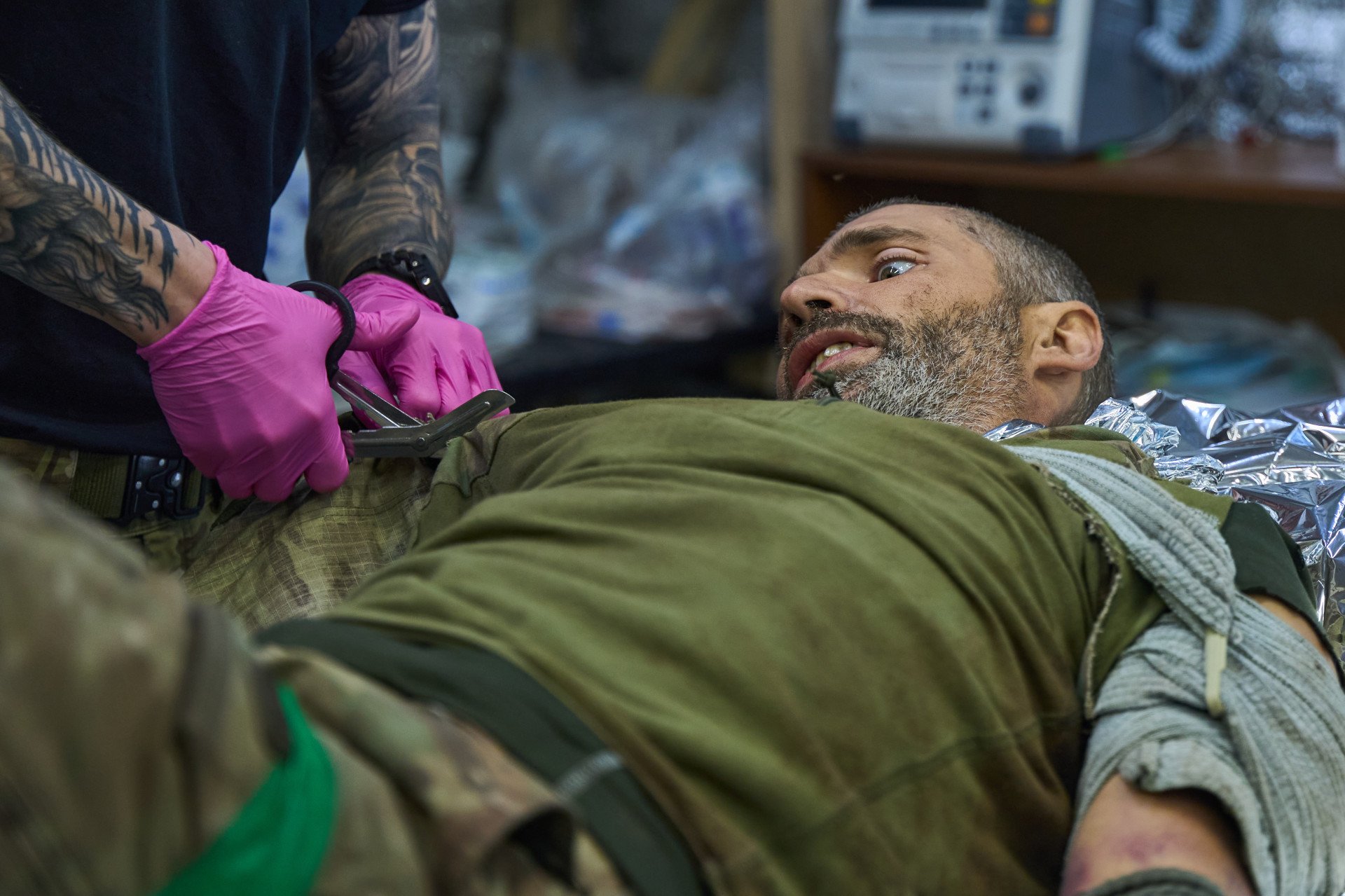
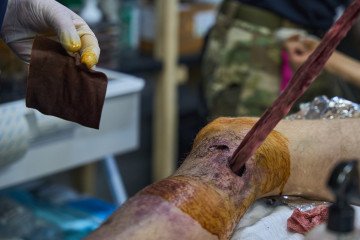
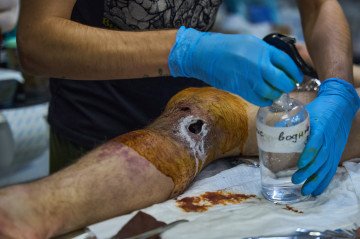
The critically wounded soldier lies unconscious as a large team of medics works around him, trying to stabilize him. They succeed, though he remains unconscious. Someone asks about his condition. 'Critical but stable,' one of the medics replies.
The wounded are placed on stretchers and loaded into the vehicle waiting outside. They will be taken to the nearest hospital. The medics aren’t as cheerful as they were when we arrived, but once again, they’ve managed to save several lives. It's invaluable, terrifying, and absolutely necessary.
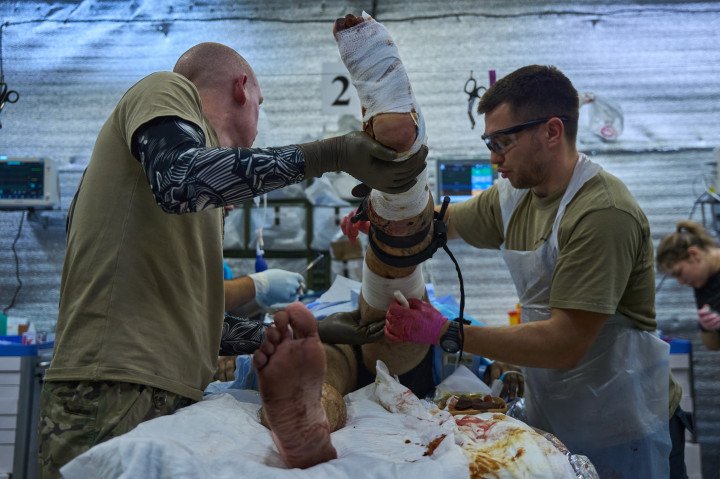
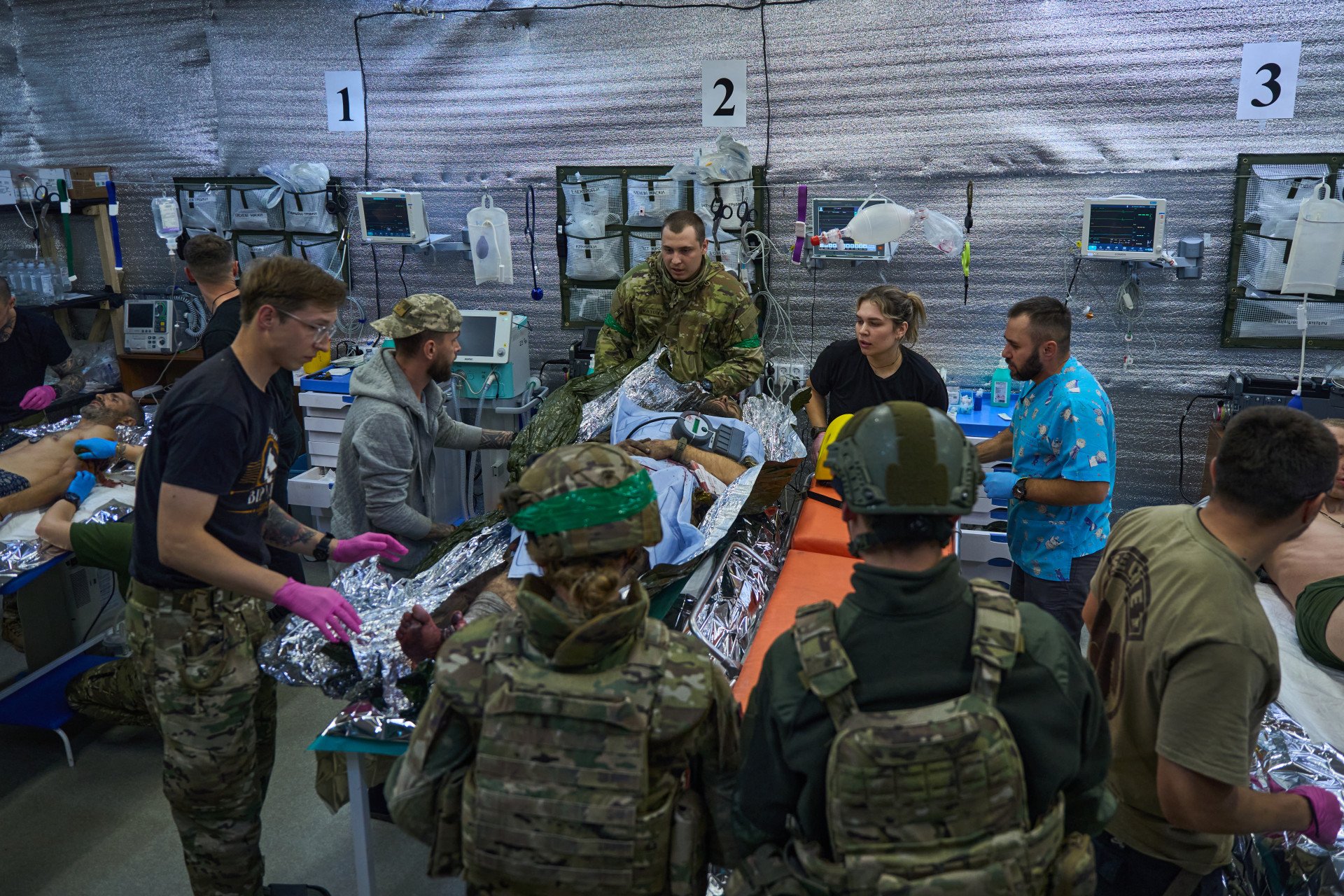
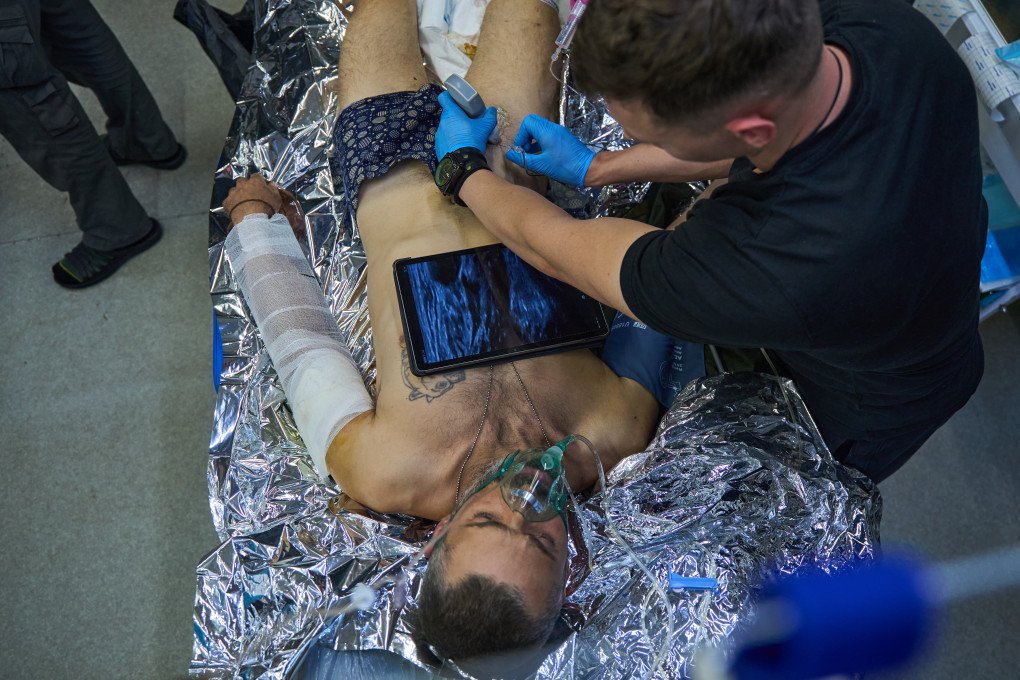
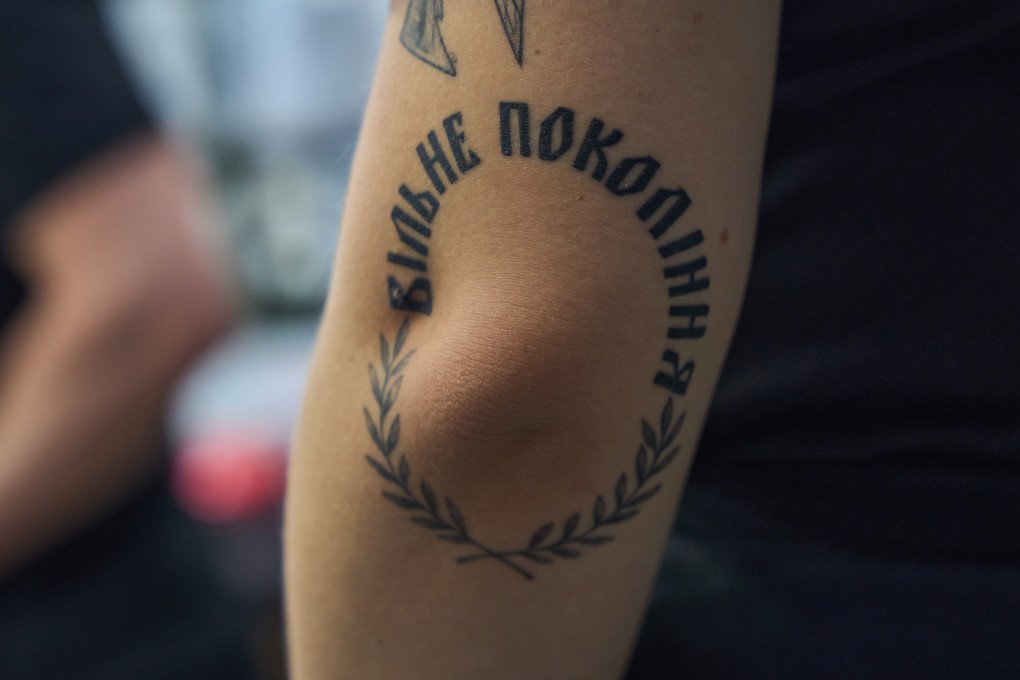
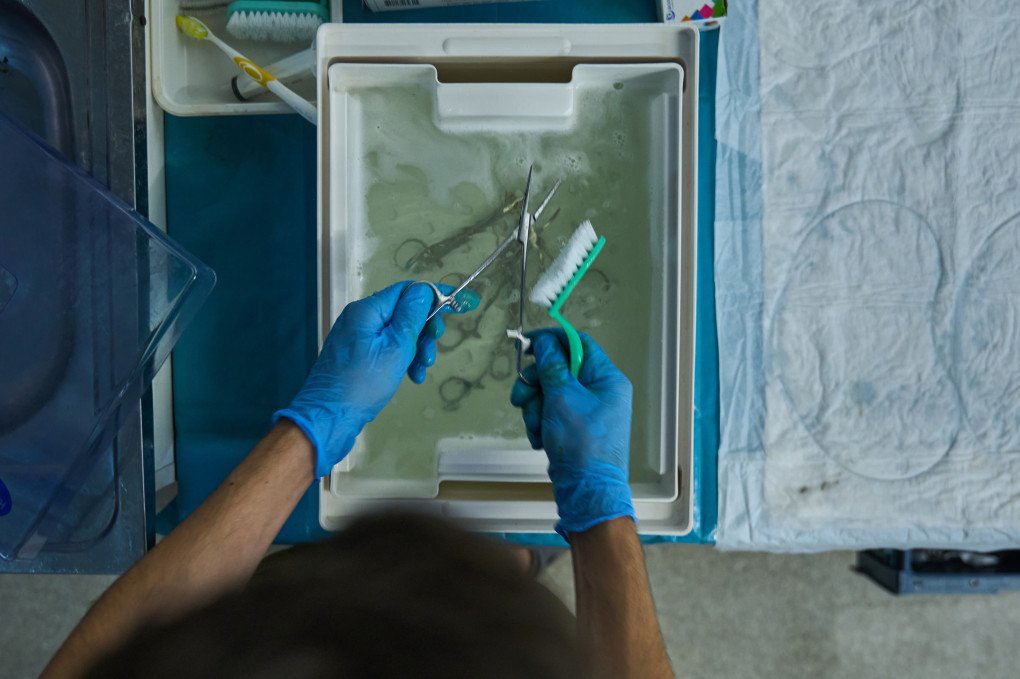
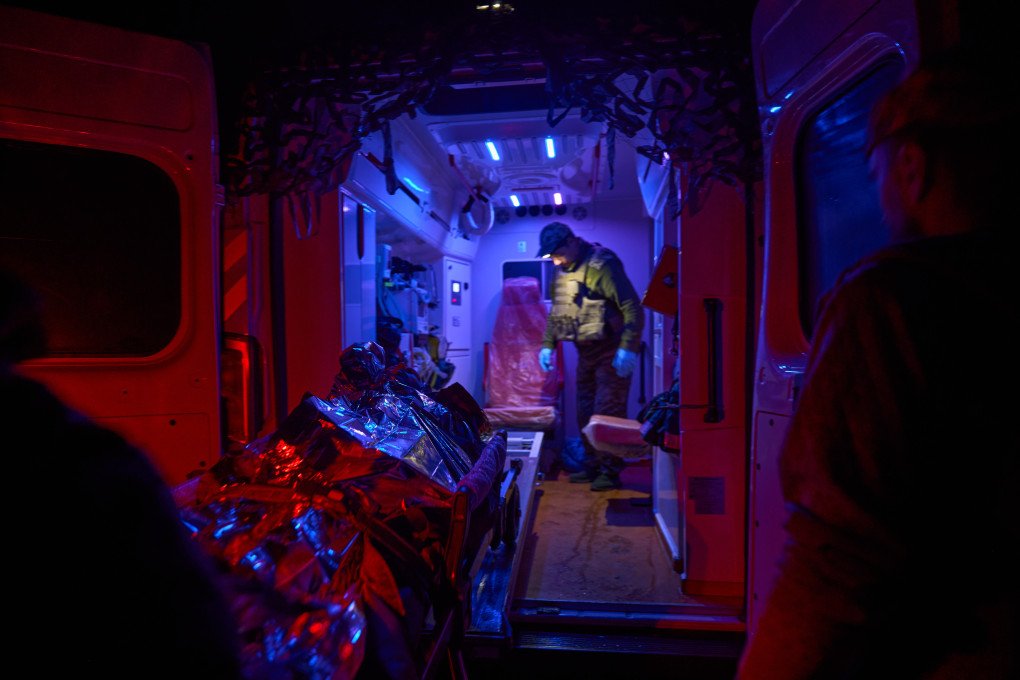
-42696701342093d1cdbc4069f0f07d6c.jpeg)

-531fe8d92c87f1630d3f1a2503c33089.png)

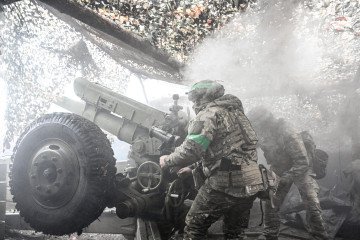
-29a1a43aba23f9bb779a1ac8b98d2121.jpeg)
-886b3bf9b784dd9e80ce2881d3289ad8.png)
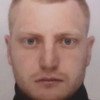

-f88628fa403b11af0b72ec7b062ce954.jpeg)